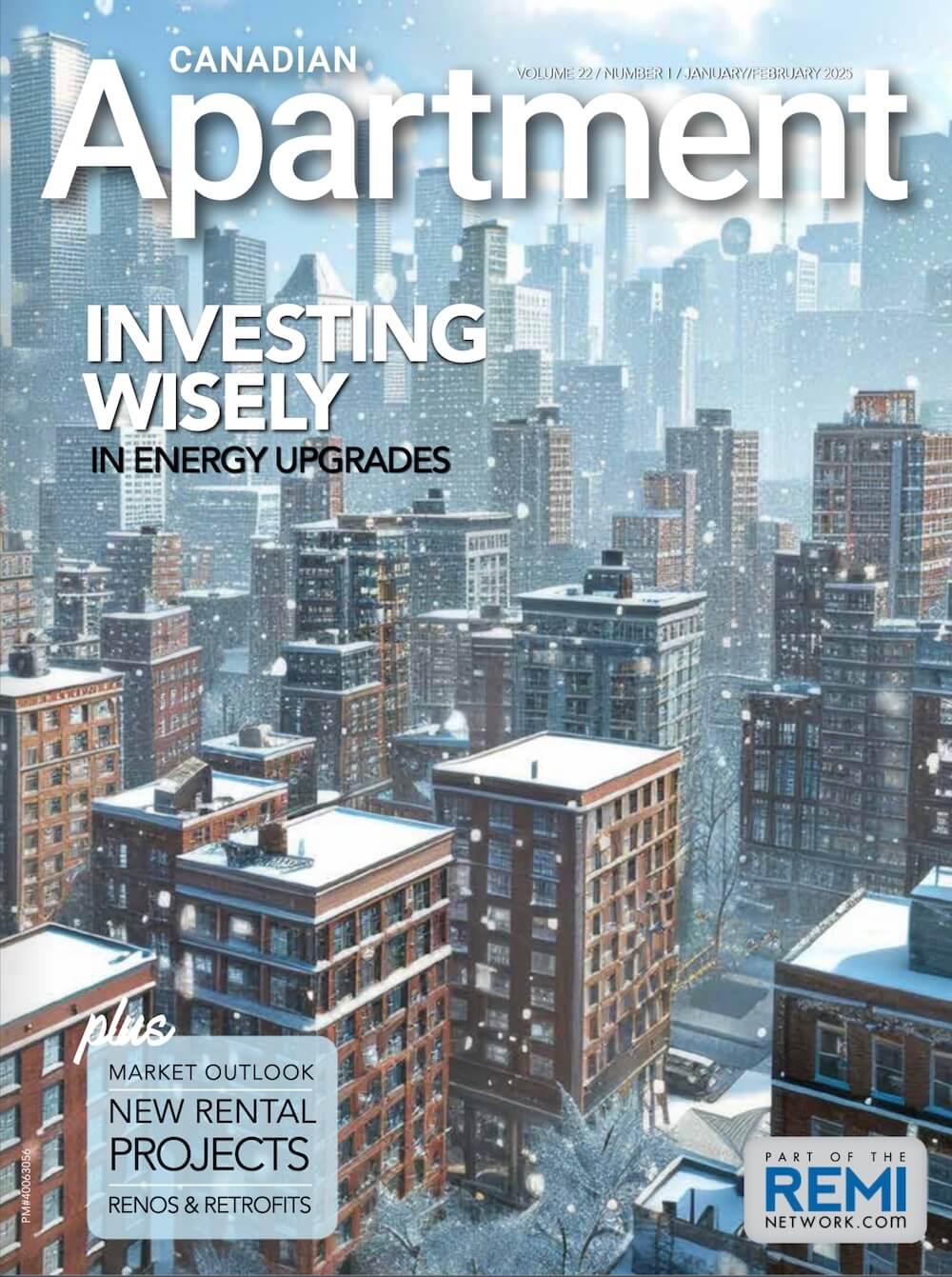For a multifamily community to be successful, housing providers should leverage the three pillars of sustainable development: economic, social, and environmental. Gone are the days of simple bricks and mortar buildings. Successful rental communities today are using these pillars to inform their construction, management and operations and ensure holistic, long-term success.
Pillar 1: Economic sustainability
Economic sustainability refers to any practices that support long-term economic growth without negatively impacting the social, environmental, and cultural aspects of a community. Striving to achieve economic sustainability, at the beginning of a project and throughout its lifetime, is crucial for attracting, supporting, and maintaining a healthy tenant base.
Key components include:
- Access to transit and infrastructure: Multifamily housing communities located near public transit, major employers, hospitals, schools and other services are best equipped for long-term sustainability given tenants are attracted to these conveniences and opportunities.
- Addressing housing affordability: Creating housing projects that also cater to middle and lower incomes is needed now more than ever, as the supply-demand imbalance continues to affect so many Canadians. Consider higher-density projects and other ways to bring rental costs down in support of affordability.
- Fair trade practices: Prioritizing locally sourced, sustainable materials and products can help residential buildings have a positive impact on their communities. This involves working with like-minded organizations and businesses that share similar values.
Challenges in this area may include:
- Unemployment: If elevated, unemployment rates can hinder the spending power of residents and affect the economic sustainability of the community.
- Inflation: Rising costs and inflation can erode residents’ spending power and increase the costs of housing and services.
- Construction costs: High development and land costs, labour and material costs and high interest rates all significantly increase the costs of housing construction. As a result, rents may need to be higher to offset the costs of building.
Pillar 2: Social sustainability
The primary goal of social sustainability is to enhance the wellbeing of residents and create an environment in which all residents feel valued and accepted. This includes fostering a sense of community, ensuring accessibility, safety and inclusiveness for all.
Key components include:
- Regular engagement with residents: Frequent communication and actively seeking feedback across various platforms will allow housing providers to better tailor their programs to the real needs of tenants, and expand and evolve their services accordingly.
- Maintaining high-quality amenities and programs: Offering gyms, common spaces, and regular events on the property have been proven to enhance residents’ wellbeing and build connections within a residential community.
- Fostering inclusivity: This means going above and beyond to create a community that is inclusive, diverse, equitable and accessible (“IDEA”); it begins with setting out to understand the various social factors at play and ensuring no one is excluded.
Challenges may include:
- Navigating social inequalities: Not everyone has access to the same resources and opportunities, and often these disparities will show across the tenant base.
- Access to care: Ensuring critical services like childcare and social supports are available and accessible to residents isn’t always easy, particularly in underserved areas.
- Cultural barriers: Cultural differences can present problems in some communities. Fostering inclusivity begins with providing services that are tailored to the cultural needs of the diverse resident base and encouraging acceptance among all who live there.
Pillar 3: Environmental sustainability
Environmental sustainability is likely the first thing most people think of when they hear the word ‘sustainability’. Housing providers have a responsibility to conserve natural resources, save energy, and work to protect the global ecosystem.
Key components include:
- Natural resource management: This can look different depending on the scope and budget of a housing project. Having the right building features, systems and appliances in place, and using data to identify potential savings areas are great places to start.
- Waste management and pollution control: Implementing effective waste management strategies will help minimize the environmental impact of a community. This involves educating tenants about proper recycling and waste diversion techniques, encouraging alternate forms of transit, such as EV and car sharing, and being mindful of water usage.
- Climate change mitigation: Energy management systems, high efficiency building systems, renewable energy, LED lights, and building automation systems (“BAS”) can all help reduce greenhouse gas emissions and contribute to climate change mitigation.
Challenges may include:
- Technology risks: Many technologies for reducing the carbon footprint are still new and untested, which can pose risks related to their effectiveness, reliability and long-term performance.
- Data availability: Obtaining high-quality and timely data on building operations and resident activities requires effective tracking, data collection and management.
- High costs: Some sustainability initiatives involve significant up-front costs, making it prohibitive for some projects. In addition, operating costs related to switching from gas powered building systems to electricity can be high.
Integration of the 3 pillars
Integrating the three pillars of sustainability—economic, social, and environmental—is crucial for the success of any sustainable development project.
- Economic sustainability ensures that communities can continue to grow and support other sustainability efforts.
- Social sustainability focuses on the well-being of the community, equality, inclusion, diversity and accessibility.
- Environmental sustainability, the most recognized pillar, ensures that resources are used responsibly and that the ecosystem is protected for future generations through practices like waste control and climate change mitigation.
Balancing these pillars requires careful planning and a holistic approach, recognizing the interconnectedness of economic growth, social equity, and environmental stewardship. By addressing the challenges and leveraging the strengths of each pillar, multifamily communities can achieve sustainable success, fostering resilience that meet the needs of both current and future generations.
Renee Wei is the Director of Investor Relations & Sustainability at InterRent.






